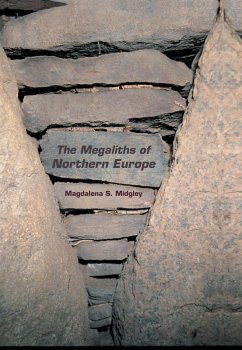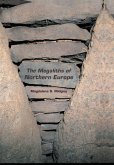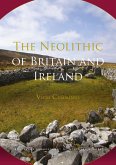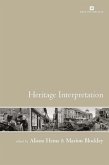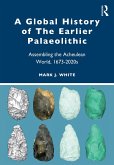The construction of dolmens and passage graves, using huge glacial boulders, demanded both great communal effort and considerable skill. In addition to this technical expertise the master builders also made use of their esoteric knowledge of rituals. This was expressed in the use of exotic building materials and special architectural features, and in the placement of tombs within the natural and cultural landscapes, creating new metaphors and images.
Fully illustrated, this book will be of interest to both undergraduate and postgraduate students of European Prehistory, Archaeology and Prehistoric Anthropology, as well as architects who study ancient architecture and social anthropologists who study modern megaliths.
Dieser Download kann aus rechtlichen Gründen nur mit Rechnungsadresse in A, B, BG, CY, CZ, D, DK, EW, E, FIN, F, GR, HR, H, IRL, I, LT, L, LR, M, NL, PL, P, R, S, SLO, SK ausgeliefert werden.
Hinweis: Dieser Artikel kann nur an eine deutsche Lieferadresse ausgeliefert werden.
'Phenomenological approaches makes the occasional appearance and the ethnographic perspectives are discussed in places, but the strength of this volume is its depth of detail. It provides a wealth of information culled from sometimes inaccessible primary and secondary publications, and draws proper attention to the numerous and impressive Megalithic tombs of northern Germany ... Some may find Midgley's treatment rather traditional, but her thorough knowledge of the German and Scandinavian material will make this book a primary reference in the English Archaeological literature for many years to come.' - Journal of the Royal Anthropological Institute
'Phenomenological approaches makes the occasional appearance and the ethnographic perspectives are discussed in places, but the strength of this volume is its depth of detail. It provides a wealth of information culled from sometimes inaccessible primary and secondary publications, and draws proper attention to the numerous and impressive Megalithic tombs of northern Germany ... Some may find Midgley's treatment rather traditional, but her thorough knowledge of the German and Scandinavian material will make this book a primary reference in the English Archaeological literature for many years to come.' - Journal of the Royal Anthropological Institute

